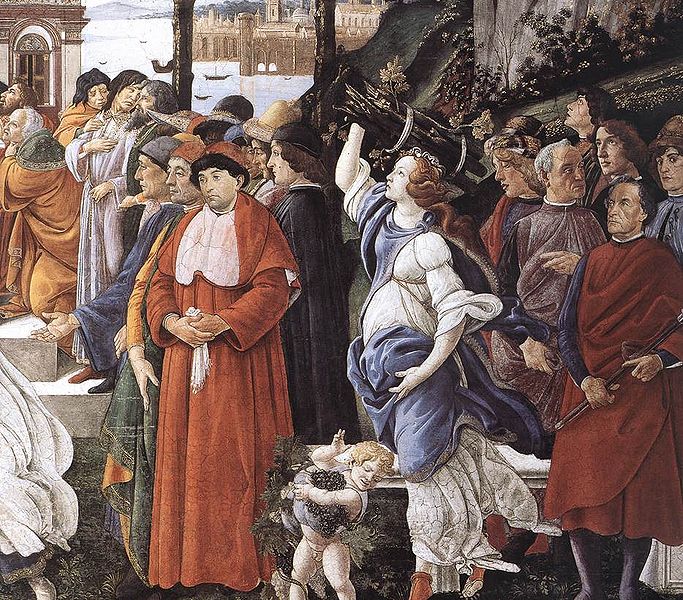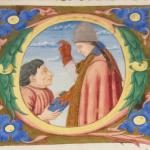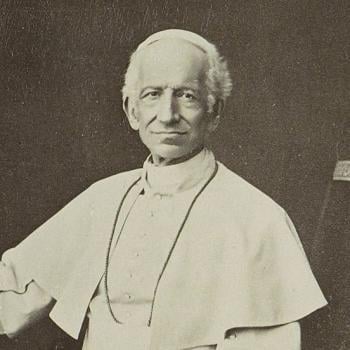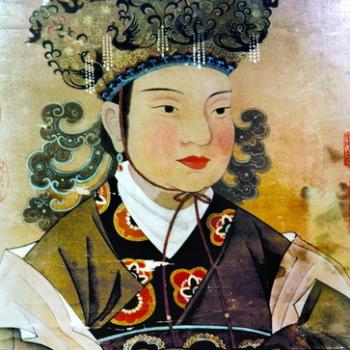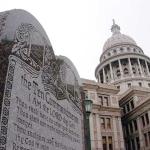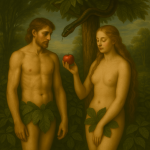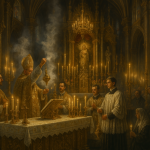The reign of Pope Sixtus IV, 1471 to 1484, is still felt in Rome today. He was one of the most significant of the Renaissance Popes, along with his predecessor Nicholas V and Julius II, who came later. The reign of Sixtus also was marked by some of the best and worst traits of the papacy. Pope Sixtus IV’s legacy includes both the Sistine Chapel and the Spanish Inquisition.
Together, the succession of popes who reigned during the Italian Renaissance not only made Rome a magnificent city again, they also were patrons of some of the greatest artists of all time. But some of their tenures had dark sides as well.
Pope Sixtus IV: The Dark Side
Cardinal Francesco della Rovere (1414-1484) a Franciscan, became Pope Sixtus IV in 1471. He came into the papacy with a reputation as a fine theologian and writer who had worked diligently to restore moral order to the Franciscans. Almost immediately the new Pope launched a crusade against the Ottoman Empire in Turkey. Sultan Mehmed II had conquered Constantinople, a city of great historical significance to Christians, in 1453. Sixtus made re-taking Constantinople one of his initial priorities. This effort failed, and Sixtus turned his attention elsewhere.
Sixtus IV’s record reveals him to have acted more as a prince than the head of a church. He practiced nepotism on a grand scale, placing dozens of mostly underqualified relatives and allies into significant positions. Six of his nephews were named cardinals. Sixtus also handed out secular titles. A nephew named Girolamo Riario became Count of Forli and Captain General of the Church, for example. Riario entangled Sixtus IV in the Pazzi Conspiracy, an attempt in 1478 to overthrow the powerful Medici family of Florence. The conspiracy failed but caused the deaths of Giuliano de’ Medici and several of the conspirators, including the Archbishop of Pisa. This debacle was followed by two years of war between the Papal States and Florence that wasted blood and treasure but changed little. And this is just one example of the chaos created by the Pope’s relatives.
The Spanish Inquisition was initiated by King Ferdinand and Queen Isabella of Spain. Their purpose was to expose and eliminate all Judaism in Spain, but they would also use the Inquisition to fortify their own absolute power. In 1478 Pope Sixtus IV issued a bull authorizing the monarchs to name the inquisitors who would lead their Inquisition. The Pope was so disturbed by the brutality that was unleashed he tried to intervene, to no effect. This was Ferdinand and Isabella’s show, and they were running it their way. While Sixtus IV did sign off on the Spanish Inquisition initially, it must be said that the atrocities that followed were not what he intended.
Pope Sixtus IV: The Light Side
Pope Sixtus IV took up several of the building projects planned for Rome by Pope Nicholas V but left unfinished. These included restoring or rebuilding more than thirty of Rome’s dilapidated churches, and he rebuilt the foundling hospital of Santo Spiritu. He had the first new bridge since antiquity built over the Tiber River. He re-established and enlarged Nicholas V’s Vatican Library.
He is best remembered for building the Sistine Chapel, the papal chapel in the Vatican Palace. The name “Sistine” is a variation of “Sixtus.” Constructed from 1473 to 1481, the chapel was meant from the beginning to be a feast of graphic beauty. Sixtus brought together a team of the greatest artists of the day — Sandro Botticelli, Domenico Ghirlandaio, Pietro Perugino, Cosimo Rosselli — to paint frescoes on the walls.
The content of the frescoes clearly was planned in advance. They represent two story cycles, from the Old Testament and the New, and each fresco is the prefiguration or fulfillment of the one opposite. For example, the fresco that illustrates the circumcision of Moses is paired with one of the baptism of Christ, both by Perugino. Saint Augustine compared baptism to a “spiritual circumcision.” We don’t know how the team worked together, but elements of the frescos are painted to the same scale and with similar style.
The ceiling, originally, was painted with gold stars on a blue background by an artist named Piermatteo d’Amelia. Eventually it was repainted by Michelangelo, who was commissioned by Pope Julius II — one of Pope Sixtus IV’s nephews. Julius II will be the subject of the next post.
